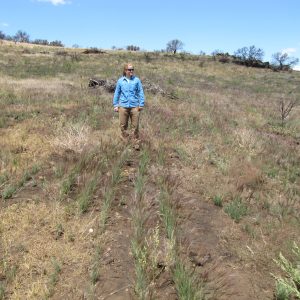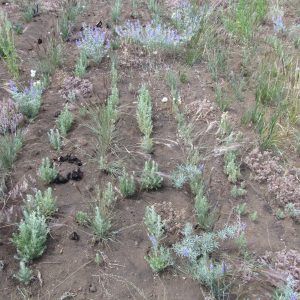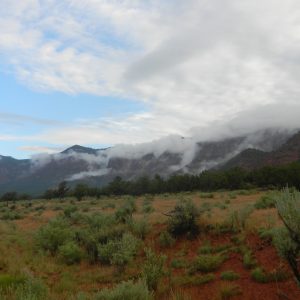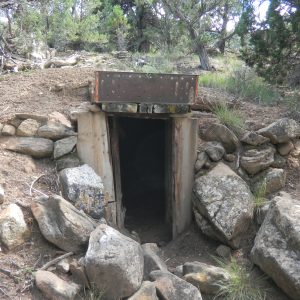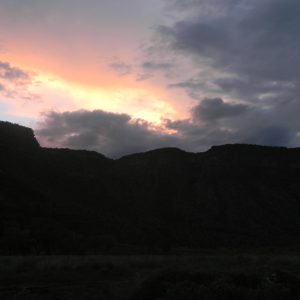I applied for this internship in the name of professional and personal growth. Writing blog entries aids in my reflection of my experiences and therefore facilitates self-awareness and growth. Thanks for reading.
My best friend, Quincy, and I in Ten-Sleep canyon
Day-to-Day
I am assigned to the Range division of the Resource department of the BLM (Bureau of Land Management). I perform ecological health assessments of BLM rangeland leased for livestock grazing. This entails identifying grasses, forbs, and shrubs and estimating percent cover of the foliage. The data collected are then interpreted and compared to previous assessments to help determine how many animals can graze on the land without jeopardizing ecological integrity.
Data Collection –Reading Trend Plots
Big Picture
Almost everyday I journey to unfamiliar, remote parts of Wyoming. I can logically interpret my location from practice creating and reading maps. Before I started this job I couldn’t even open the GIS ArcMap program. Now, I feel comfortable navigating the program and creating maps that myself and others can follow. The ability to use this program has fostered independence at my job. This independence encourages creativity and has also given me a sense of ownership of my assignments.

Hole-In-The-Wall Ranch horses–Just another day in the field
Self-awareness
Living and working with a person who is just as smart, talented, interesting, and stubborn as oneself requires compromise. I’ve learned that some important elements to compromise are communication and humility. I try to practice compromise daily. Sometimes I fail, sometimes I succeed. I am learning that compromise can lead to a more balanced and harmonious relationship.








